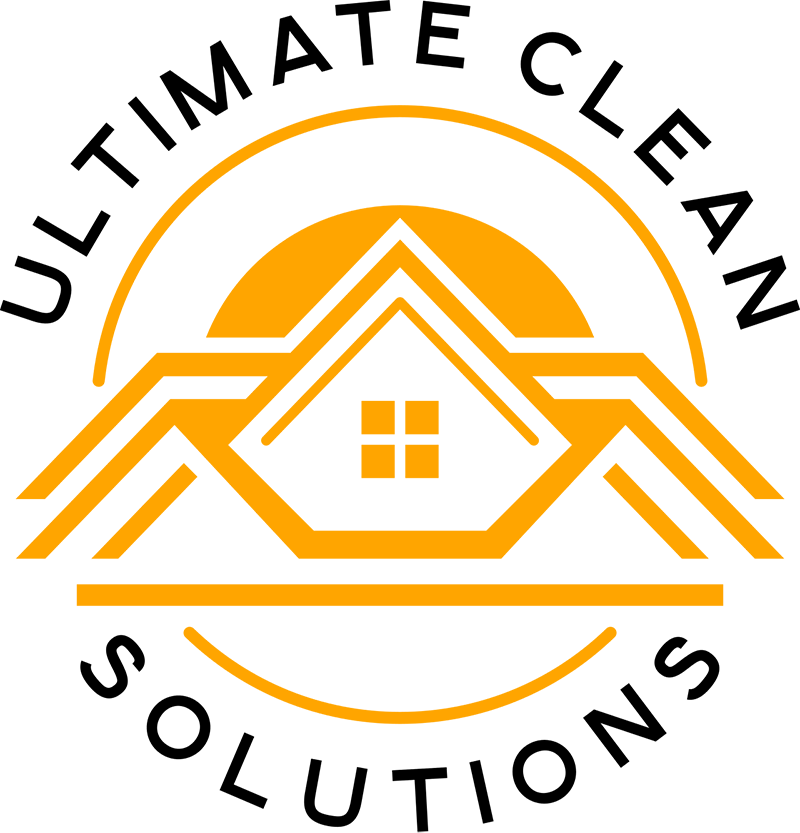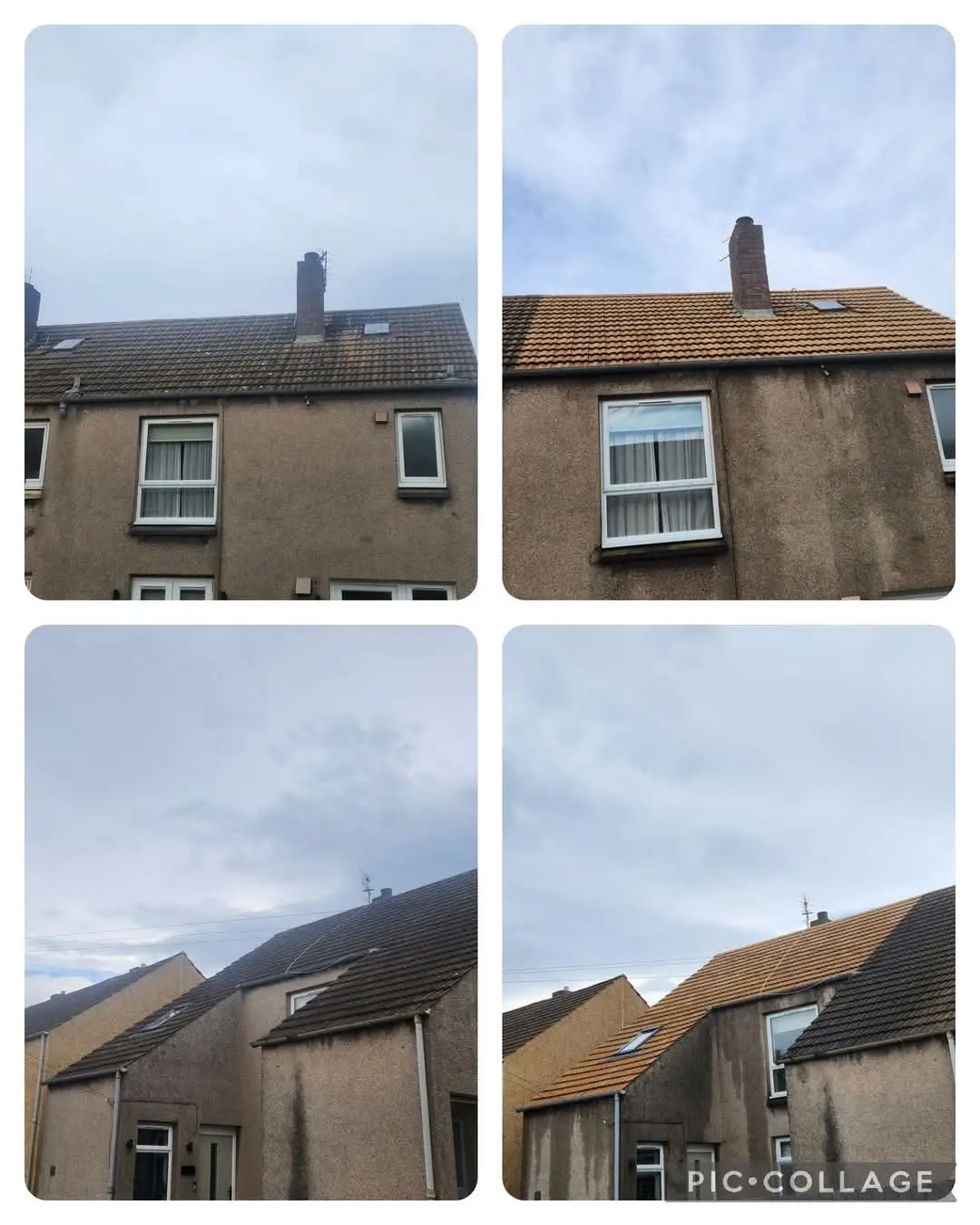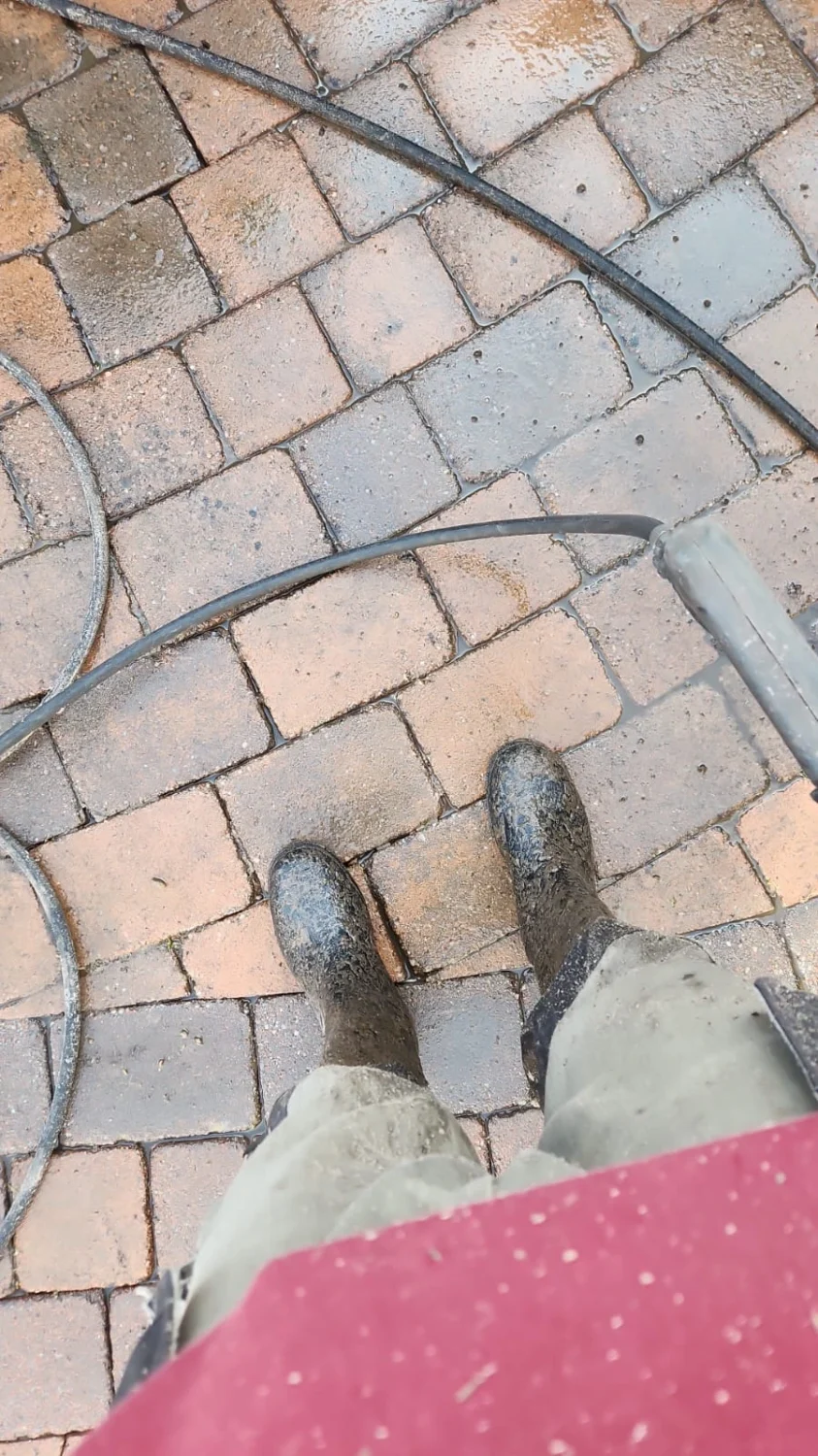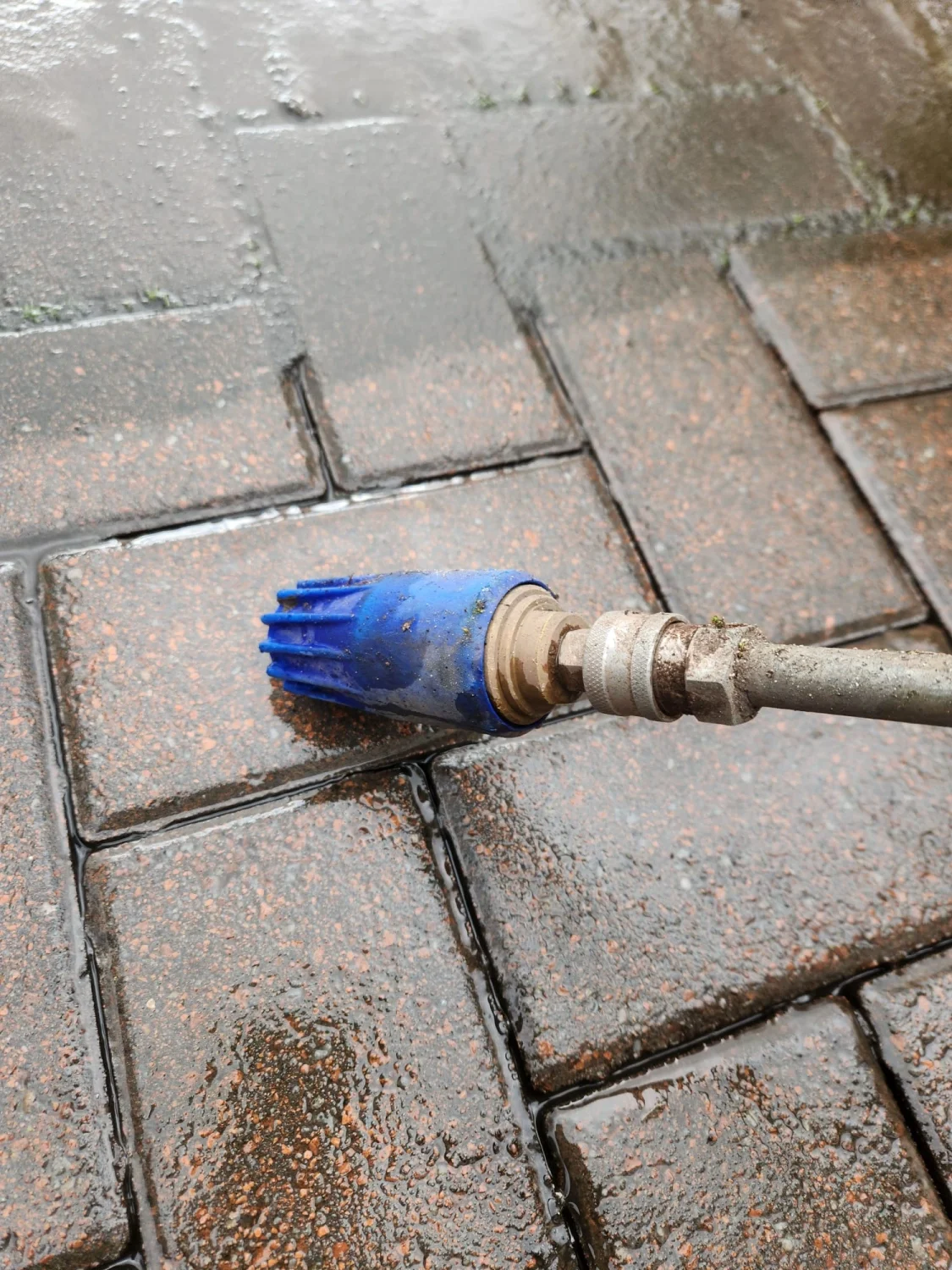Roof Cleaning: Bac50 Biocide vs. Sodium Hypochlorite
When it comes to roof cleaning, homeowners and contractors often debate the best method to use. Two popular options are Bac50 biocide, such as those offered by PureSeal, and sodium hypochlorite (commonly known as bleach). Each method has its unique advantages and disadvantages, and understanding these can help you make an informed decision for your roof cleaning needs. These chemicals are also used in the process known as softwashing, which can include render cleaning in Edinburgh.
Understanding roof cleaning Chemicals
Sodium Hypochlorite is a powerful disinfectant. It’s effective at killing mould, algae, and bacteria on contact. Typically, sodium hypochlorite comes in a concentration of around 14% in the UK, but it’s then usually diluted before use. A common dilution ratio is 1 part of this to 3 or 4 parts of water. This means the final solution can be relatively mild while still effective, and built up to a more concentrated mix if needed for roof cleaning.
On the other hand, Bac50 is a biocide formulated to tackle biological growth on surfaces. Its composition includes a blend of biocides, surfactants, and stabilisers. The primary active ingredient in Bac50 is often a quaternary ammonium compound, which provides its biocidal properties. These compounds work by disrupting the cell membranes of fungi and algae, leading to their destruction. Bac50 is also designed to be environmentally friendly and biodegradable, which makes it a popular choice for long-term roof maintenance. When diluted, Bac50 usually requires a ratio of 1:200, meaning that a small amount of the product goes a long way, making it an efficient choice for many applications.
Instant Results vs. Long-Term Effects
One of the most notable differences between sodium hypochlorite and Bac50 is the speed of their effects. Sodium hypochlorite delivers immediate results. When applied, you can often see the stains from mould and algae begin to disappear almost instantly. This instant gratification is appealing, especially for those looking to improve the appearance of their roofs quickly.
However, the quick action of sodium hypochlorite comes with drawbacks. While it may clear away visible growth, it doesn’t prevent future regrowth effectively. Over time, mould and algae can return, requiring frequent reapplications. This can lead to a cycle of continuous cleaning, which may not be cost-effective in the long run.
In contrast, Bac50 takes a more gradual approach. It doesn’t necessarily provide instant results, but it offers long-term protection against biological growth. After application, you might not see immediate changes, but over time, the treated surfaces remain cleaner for longer. This can save you time and effort, as you won’t need to clean as frequently.
Chemical roof cleaning Differences
The chemical makeup of sodium hypochlorite and Bac50 contributes to their differing effects. Sodium hypochlorite acts as an oxidising agent. An oxidising agent is a substance that can accept electrons from another substance during a chemical reaction. In simpler terms, it helps break down organic materials by stripping away electrons. When sodium hypochlorite comes into contact with mould and algae, it effectively oxidises these organisms, leading to their rapid destruction.
While effective, this oxidising action can also harm roofing materials. Over time, repeated applications of sodium hypochlorite can lead to degradation, particularly on more delicate surfaces. This can result in damage that may necessitate costly repairs.
Bac50, on the other hand, utilises a different mechanism. Its quaternary ammonium compounds disrupt the cell membranes of fungi and algae, effectively killing them. This biocidal action means that once Bac50 has been applied, it continues to work over an extended period. Its formulation is designed to be less harmful to roofing materials, making it a safer choice for long-term use.
Cost Considerations
Cost is another critical factor to consider when choosing between these two methods. Sodium hypochlorite is generally less expensive upfront. A gallon of bleach can be quite cheap, and since it is diluted before use, the initial investment is low. However, the need for frequent reapplications can add up. If you find yourself cleaning your roof multiple times a year, the overall costs can rise significantly.
In contrast, Bac50 may have a higher initial cost per litre. However, given its dilution ratio of 1:200, a small amount goes a long way. This means you may spend more initially, but the long-term savings from reduced frequency of cleaning can outweigh the upfront expense. Additionally, the longevity of the results can justify the investment.
Environmental roof cleaning chemical Impact
The environmental impact of these cleaning methods should also be considered. Sodium hypochlorite can pose risks to surrounding plants, animals, and water sources. When washed off during rainfall, it can contaminate local ecosystems. This makes careful application essential to minimise potential harm.
Bac50, in contrast, is typically designed with environmental considerations in mind. Many biocides, including Bac50, aim to be safer for the environment while still being effective. Its formulation is often biodegradable, reducing its impact on the environment. It’s always advisable to check for any certifications or safety data sheets to understand its environmental impact fully.
Safety Considerations
When using either sodium hypochlorite or Bac50, safety precautions are necessary. Sodium hypochlorite is a corrosive substance. It can irritate the skin, eyes, and respiratory system. Proper personal protective equipment (PPE) is essential when handling this chemical. Ventilation is also crucial during application to avoid inhalation of fumes.
Bac50 generally poses fewer safety risks, especially when used as directed. While it’s always wise to wear gloves and goggles when applying any chemical, Bac50 is less harsh than sodium hypochlorite. Always refer to the product guidelines for specific safety recommendations.
In summary, both Bac50 biocide and sodium hypochlorite have their merits and drawbacks. Sodium hypochlorite offers immediate results, making it effective for removing mould and algae quickly. However, it may struggle with tougher challenges like lichen, which can be more difficult to shift. Bac50 provides a longer-lasting solution but is slower to show results, and its effectiveness against lichen is generally less pronounced.
It’s important to note that we also employ steam cleaning in our process, which effectively addresses stubborn growths, including lichen. This method not only removes existing stains but also reduces the likelihood of future growth. Therefore, while Bac50 is a solid choice for ongoing maintenance, sodium hypochlorite may be more suitable for immediate, tough jobs, particularly when lichen is involved. Ultimately, your decision will depend on your priorities, budget, and the specific conditions of your roof
Visit www.ultimatecleansolutions.co.uk for more details on all of our services.








